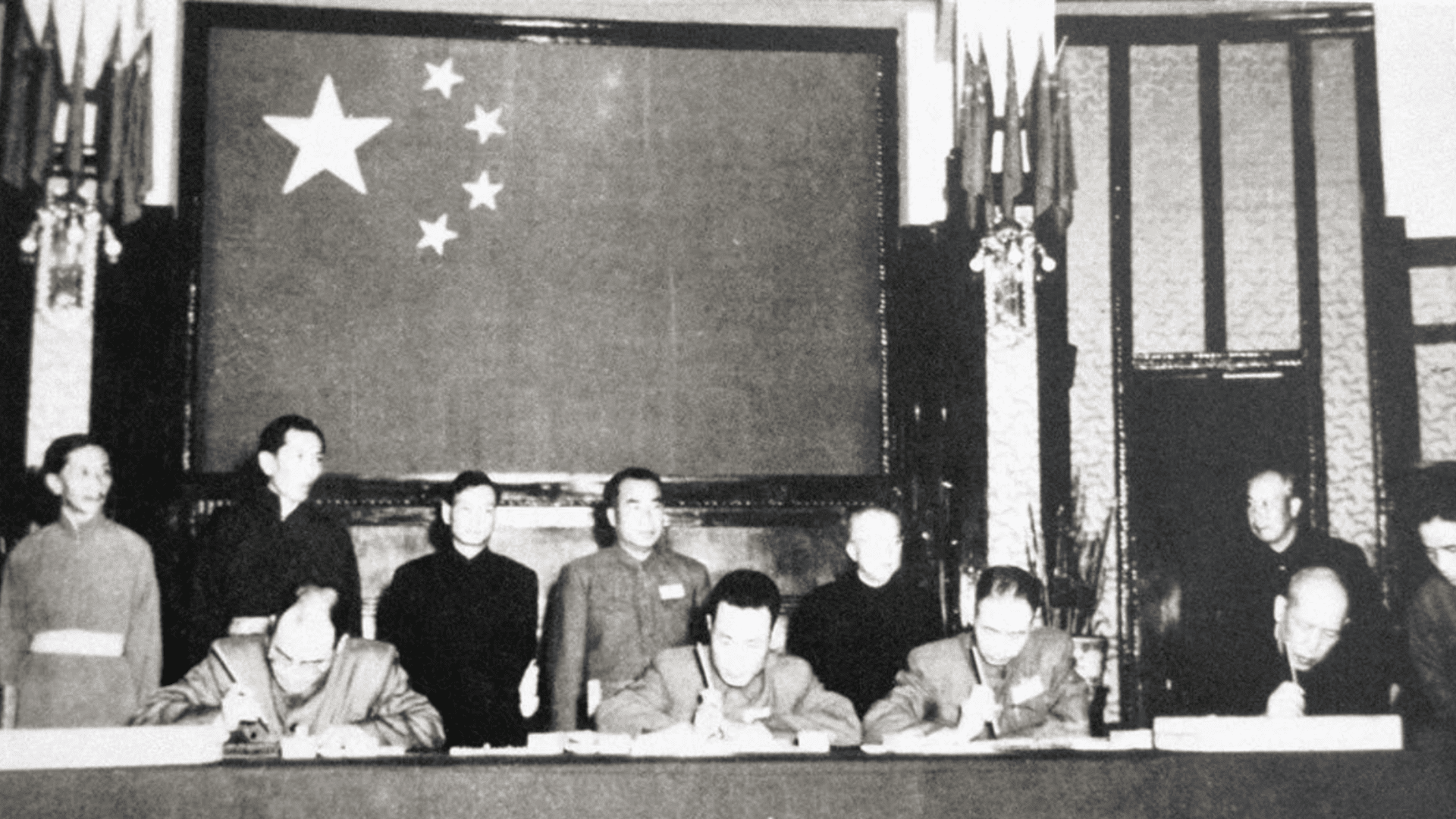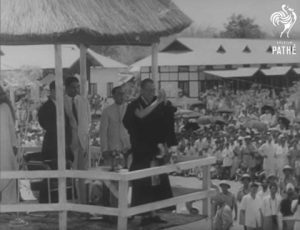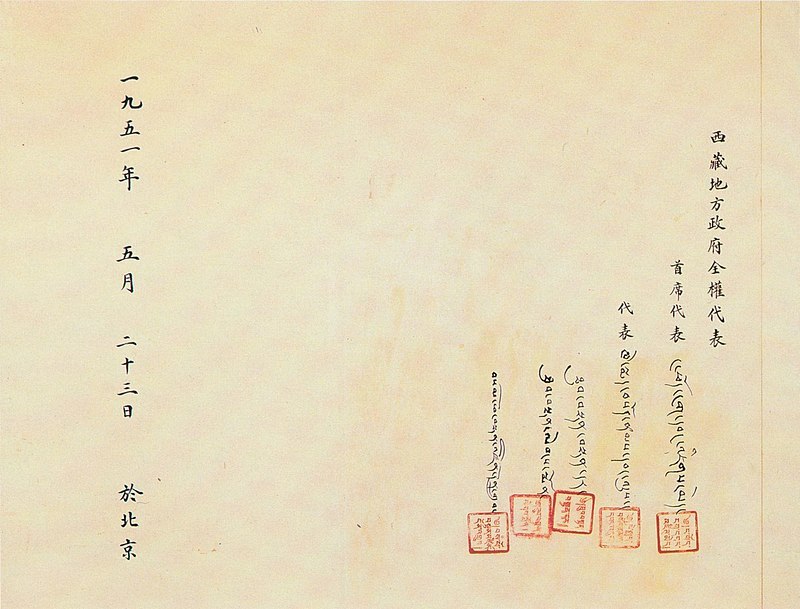
The Seventeen Point Agreement 70 Years on: a List of False Promises
The agreement, forced on Tibetans in 1951, is an admission that Tibet was never part of China

The Dalai Lama in Tezpur, Assam. Only once he had reached exile could he publicly repudiate the agreement (Photo: British Pathé)
70 years ago today, the ‘Seventeen Point Agreement’ was forced onto Tibetans by the newly formed People’s Republic of China. It is one of the most significant moments in modern Tibetan history.
By May 1951, the brave Tibetan resistance in eastern Tibet had been broken following the invasion in 1950, and Tibet was now occupied by China. The Chinese government claimed sovereignty over Tibet, against the wishes of the Tibetan people.
China instructed Tibet to dispatch representatives to Beijing, where an agreement would be signed, effectively stripping Tibet of its independence and incorporating it into the People’s Republic of China. At the same time, articles in the agreement committed Beijing to granting Tibet “regional national autonomy”, leaving the Dalai Lama and Tibetan government in place and respecting Tibet’s religion and culture.
The process was stacked against Tibet: the agreement was drafted by China, the Tibetan representatives were not permitted to negotiate changes or even communicate back to the Tibetan government in Lhasa. Under duress, and without the knowledge of the Dalai Lama and Tibetan government, the delegation signed the agreement, using seals provided to them by Beijing.

The Tibetan signatures on the agreement, including seals provided to the delegation by Beijing
Beijing has exploited the agreement to claim that China carried out the “peaceful liberation of Tibet.” Only in 1959, after the Tibetan Uprising and the Dalai Lama’s escape to India, could he publicly repudiate the Seventeen Point Agreement. He clarified that the so-called agreement had been “thrust upon Tibetan Government and people by the threat of arms”, and that the Tibetan government was the only legitimate representative of Tibet.
Today the Seventeen Point Agreement has long been exposed as a lie; Tibet has no genuine autonomy and today is ranked as the least free place in the world, while Beijing imposing ever-greater restrictions on Tibet’s religious and cultural affairs, the use of its language and the way of life of Tibetans from monks and nuns to nomads.
In spite of the Central Tibetan Administration adopting the Middle Way approach, which seeks genuine autonomy for the freedom of religion and culture of Tibet, those Tibetans who push for autonomy are denounced as “splittists” and arrested, as well as those demanding full independence. But we should also bear in mind that the very fact that such an agreement had to be signed, incorporating Tibet into the People’s Republic of China, is also in itself an acknowledgement that Tibet had not previously been part of China.
The Chinese Communist Party may attempt to coerce Tibetans into celebrating the events of 23 May 1951 as a victory and liberation, but to Tibetans, it remains a sham and a distraction from their efforts to secure their freedom, which cannot be dictated by the CCP and must come on their terms.

